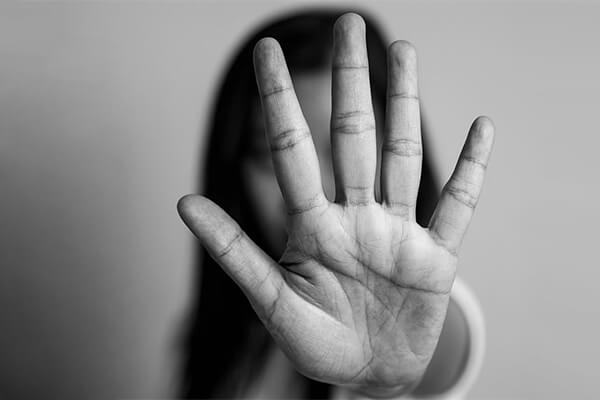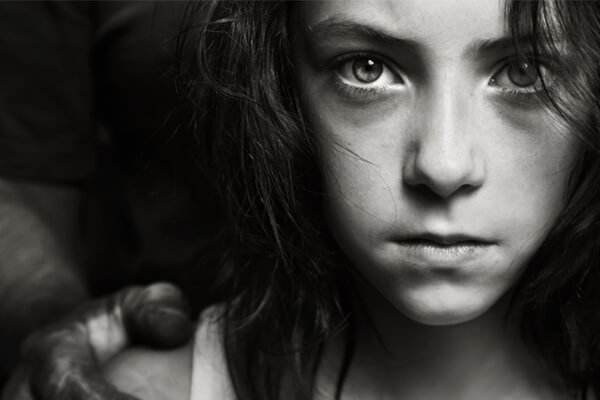DEFINITION
Trafficking in human beings is a crime that ruthlessly exploits women, children and men for numerous purposes including sexual exploitation, forced labour, removal of organs, and similar practices. This global crime generates billions of dollars in profits for the traffickers. People may be considered trafficking victims regardless of whether they were born into a state of servitude, were transported to the exploitative situation, previously consented to work for a trafficker, or participated in a crime as a direct result of being trafficked. At the heart of this phenomenon is the traffickers’ goal of exploiting and enslaving their victims and the myriad coercive and deceptive practices they use to do so.
Trafficking in human beings happens throughout the world with millions of victims falling through the cracks of their own societies only to be exploited by traffickers.
Human trafficking requires a forceful response founded on the assistance and protection for victims, rigorous enforcement by the criminal justice system, a sound migration policy and firm regulation of the labour markets. However, if the international community is to achieve long-term successes in combating trafficking in human beings, we need reliable information on the offenders, the victims, and the trafficking flows throughout the regions.
Further, human trafficking prevents victims from attaining physical, mental and social well-being. During the process of being trafficked itself, there are several difficult situations, which pose health hazards like drowning, freezing or suffocating. Victims’ health is further endangered in situations of sexual exploitation.
On the basis of the definition given in the Trafficking in Persons Protocol, it is evident that trafficking in persons has three constituent elements:
- The Act (What is done) – Recruitment, transportation, transfer, harbouring or receipt of persons
- The Means (How it is done) – Threat or use of force, coercion, abduction, fraud, deception, abuse of power or vulnerability, or giving payments or benefits to a person in control of the victim,
- The Purpose (Why it is done) – For the purpose of exploitation, which includes exploiting the prostitution of others, sexual exploitation, forced labour, slavery or similar practices and the removal of organs.
To ascertain whether a particular circumstance constitutes trafficking in persons, consider the definition of trafficking in the Trafficking in Persons Protocol and the constituent elements of the offense, as defined by relevant domestic legislation.




